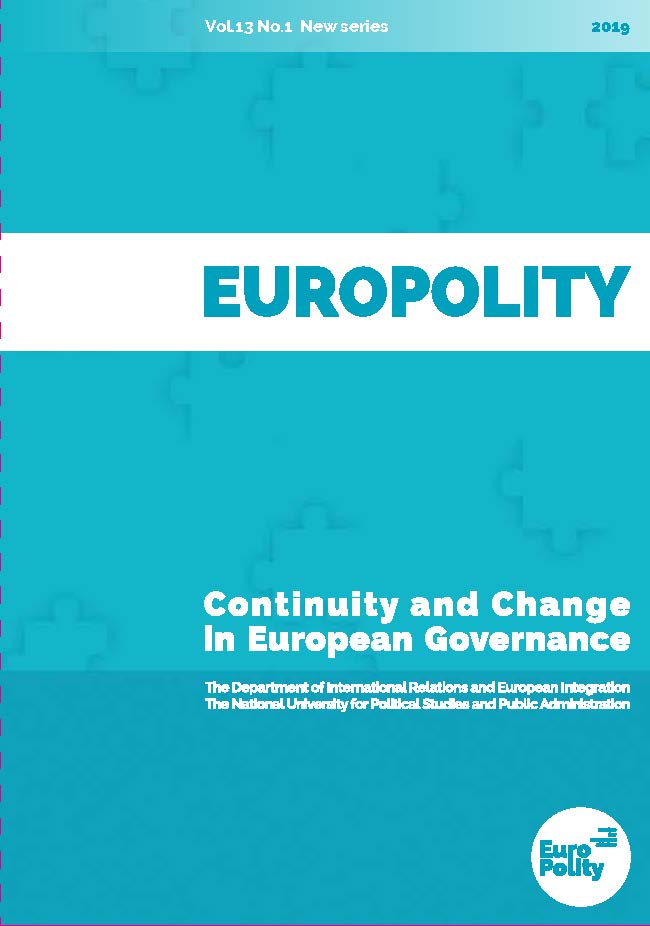WHAT MAKES ENVIRONMENTAL EVALUATION DIFFERENT? FROM CONTROLLING NON-LINEAR VARIABLES TO REACHING THE BUTTERFLY EFFECT
WHAT MAKES ENVIRONMENTAL EVALUATION DIFFERENT? FROM CONTROLLING NON-LINEAR VARIABLES TO REACHING THE BUTTERFLY EFFECT
Author(s): Maria CÎRSTEASubject(s): Politics / Political Sciences, Politics, Social Sciences, Governance, Communication studies, Environmental and Energy policy
Published by: Scoala Nationala de Studii Politice si Administrative (SNSPA)
Keywords: Adapted evaluation models; environmental evaluation; evaluating complex systems;
Summary/Abstract: Environmental policies and programmes deal with multiple variables and specificities that transform them into complex systems, needing thorough analyses and tailored evaluation approaches. The maze of causes and effects that individualize environmental policies consequently affect the evaluation process in practice. What are the causes that make the measurement of environmental policies effectiveness difficult? To how many challenges the evaluation practice needs to respond when dealing with environmental programmes? Neglecting the complexity of environmental field, questioning data availability and accuracy, working under a narrow geographical and temporal policy focus, confronting a deficient level of understanding of the evaluation scope, not having the right instruments to prevent misleading conclusions, represent just a few potential barriers for environmental evaluators that will be analysed in this paper. It becomes very clear that, especially under the role of the evaluation practice given by the post-2020 programming horizon, environmental evaluation needs to adjust its toolkit in order to be able to analyse complex policy systems, to fundament specific and applicable recommendations and, in the end, to aspire to generate any type of change and improvement in the environmental policy implementation.
Journal: Europolity - Continuity and Change in European Governance
- Issue Year: 13/2019
- Issue No: 1
- Page Range: 5-19
- Page Count: 15
- Language: English

